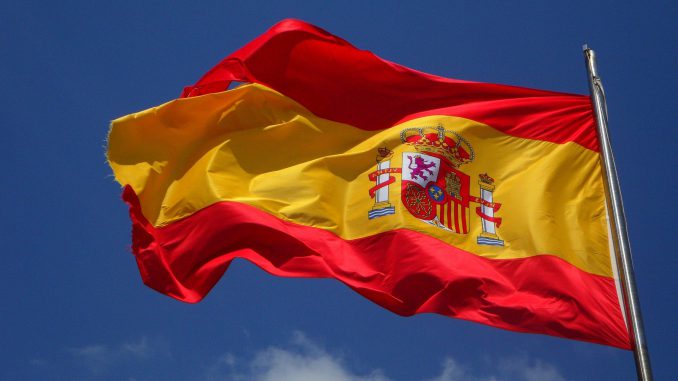
The Spanish army started on Wednesday the exhumation of nearly 50 bodies of civilians and soldiers that were buried between Nekkor Island and Badis Rock.
Announced this summer, the exhumation of some fifty bodies of Spanish civilians and soldiers buried on the island of Nekkor (Peñón de Alhucemas) and the rock of Badis (Peñón de Vélez de la Gomera) began on 20 October. As the two small islands are still under Spanish sovereignty, the neighbouring country’s army is overseeing the operation, with the help of a specialised funeral company, reports the Spanish news website Okdiario.
Among the exhumed bodies are those of the babies Rafael and Genoveva Santos Martín, brother and sister who were respectively 2 and 3 years old, who died between 1877 and 1880, almost a century and a half ago. Once exhumed, the bodies will all be transferred to the Purísima Concepción Cemetery in Melilla, as stipulated in the contract signed with the company Servicios Funerarios Casa Calderón S.L. last September.
“To avoid errors, exhumations will be carried out individually, one by one, to place the remains in approved biodegradable bags. They will be identified with a document that will be placed inside the bags. This bag will also be identifiable from the outside by means of a label and post-it notes with the names of the deceased”, the Spanish army has specified in its instructions to the funeral directors, to avoid any risk of error.
The exhumation order, issued last July, was signed directly by Francisco Javier Varela Salas, the Spanish army’s chief of general staff, now replaced by Amador Enseñat. The operation was not started immediately, as a period of time was allowed for the families of the 50 dead to claim their remains, should they wish to take them to another location.
If this were the case, the Spanish army would have exhumed them and paid for their transfer to the place indicated by their families. But no one claimed the bodies.
The decision to exhume these tombs had caused a heated controversy when it was announced last July, the same source said. Spanish soldiers had then made the link with a similar event, which occurred a few months before the withdrawal of the Spanish from the Sahara in 1975. Nearly 1,800 Christian graves of Spaniards had been transferred from Morocco to the Canary Islands at the time. “This was the prelude to the cession of these territories to Morocco. And in the current case of the two rocks, Rabat also claims its land as its own,” reads the Okdiario article.
Today, the two rocks are inhabited only by Spanish soldiers, about 25 to 30 soldiers who are supplied by helicopter from Melilla.

Be the first to comment